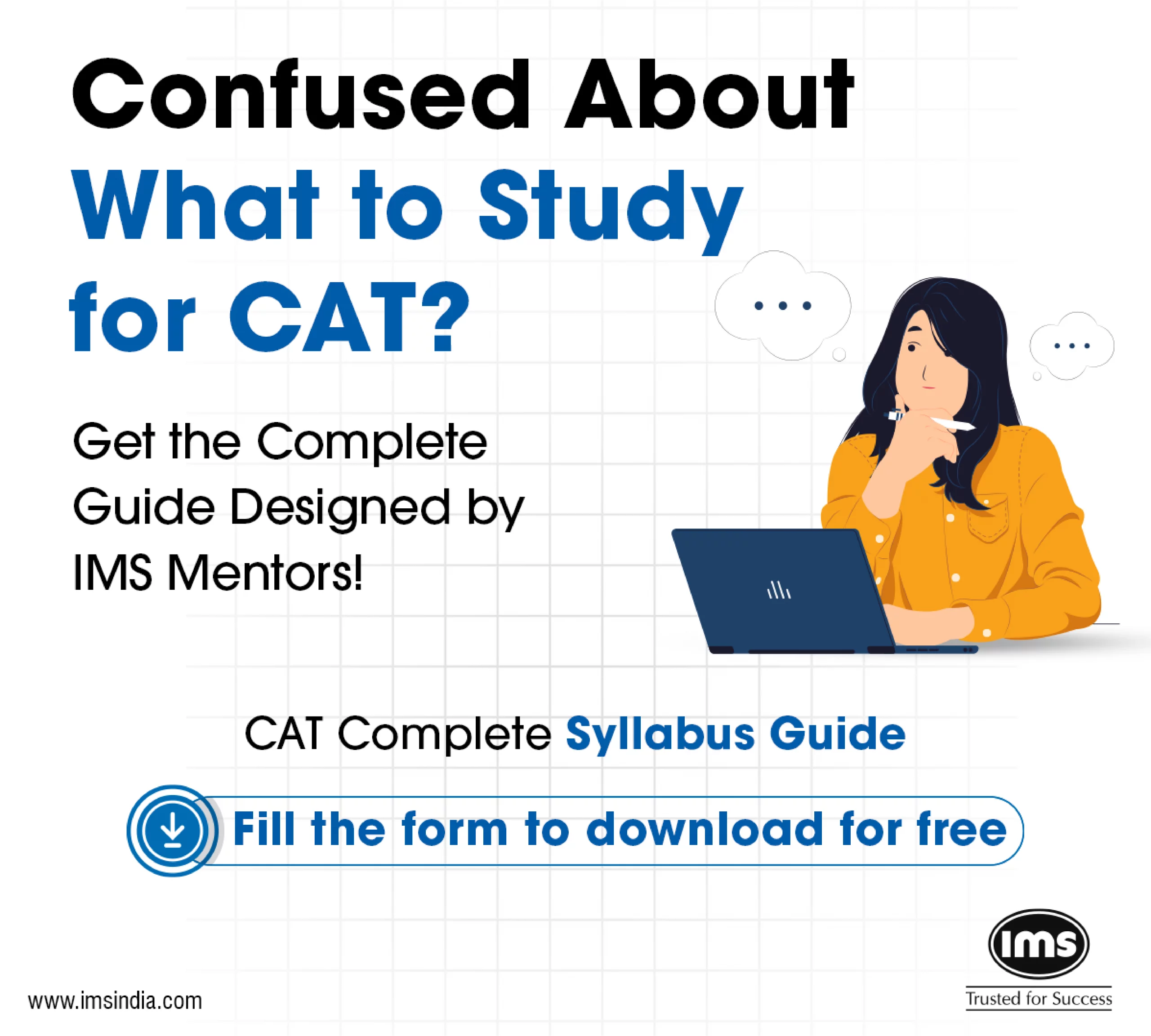IMS Profile Ranker: Methodology Behind
We are excited to announce the launch of the IMS Profile Ranker, a powerful new tool designed to help us better address one of our students’ most common and challenging questions: Is my profile good enough for the IIMs and other top B-schools?
Each year, lakhs of MBA aspirants try their best with all the hard work and hopes they have to get a seat in one of the prestigious B-schools. They come across several crucial questions regarding their suitability for admission to these business schools, such as the Indian Institutes of Management (IIMs). A common question among candidates is the strength needed for one’s academic and professional profile to get into these highly competitive institutes. Furthermore, individuals often try to understand the optimal scores required through mentors or, in general, by checking past data.

Now, if we take a closer look, it is easy to understand what candidates actually go through while trying to choose their dream college. Earlier, most of these doubts were addressed through limited means—like hearing someone’s success story and using that as a benchmark. But this method had two significant limitations:
- Limited Sample Size – Just because one candidate succeeded doesn’t mean someone else with a similar profile will have the same outcome.
- Changing Admission Criteria – The criteria for shortlisting candidates at B-schools change from year to year, which can render past data unreliable without a broader context.
However, IMS came up with a unique approach to help students further and find a go-to, reliable resource backed by IMS Experts.
IMS developed a similarity score-based recommendation system (IMS Profile Ranker) built on the data of over 6,000 successful IMS students from recent years.
Here Is How It Works:
- Weightage Mapping
IMS analyzed the shortlisting criteria of top B-schools and derived average weightages for key profile components like:- Class 10th & 12th scores
- Graduation marks
- Work experience
- Gender & academic diversity
- Professional qualifications
- Reserved category status
- Score Logic Development
The exact methodology used by each B-school to provide points under various parameters (e.g., how 12 months of work experience translates into a score) was studied and applied to every candidate’s data. - Profile Score Calculation
This logic was then applied to the data of 6,000+ students who converted to top-tier B-schools, resulting in a benchmark score range and distribution model. - Real-time Benchmarking
When a new user enters their information in the IMS Profile Ranker, the system calculates a profile score out of 1000 and compares it against past profiles. Using machine learning algorithms, the tool identifies which colleges fit into three realistic, probable categories:- High Chance Category – The student’s profile score matches or exceeds the typical admits.
- Moderate Chance Category – The student’s score is slightly lower than typical admits but still competitive.
- Wildcard Successes – Many of these B-schools usually have a higher median profile score than the scores of the students applying. That said, they have also accepted a handful of students with lower scores, so there’s still a chance—though it’s a possibility—for the student to get into the B-schools listed here.
The tool allows users to check real student profiles, including actual CAT percentiles and final conversion data. This gives a great insight into the score you should aim for at each institute.
What Are The Steps To Follow?
Step 1: Enter Your Profile Details
Fill in your academic background, work experience, certifications, gender, and category.
Step 2: Get Your Score & Rank
Instantly, in just 45 seconds, receive a Profile Score (out of 1000) and see how your profile compares to thousands of successful MBA aspirants.
Step 3: Explore Top B-Schools
Discover the best-fit B-schools where your profile is most likely to convert.
Step 4: Find Similar Profiles
View real student profiles like yours of those who made it to top B-schools (over 6000 successful IMS students), along with their CAT scores and final admits.
Step 5: Connect with an IMS Expert
Book a free 1:1 counseling session with an expert for a deeper profile assessment and personalized guidance.
Please go through the launch video and the detailed Methodology and Insights document.
Disclaimer:
The Profile Ranker is not an admission predictor or guarantee. It provides a realistic, data-backed perspective to help students understand their position and plan their preparation with clarity and direction.





